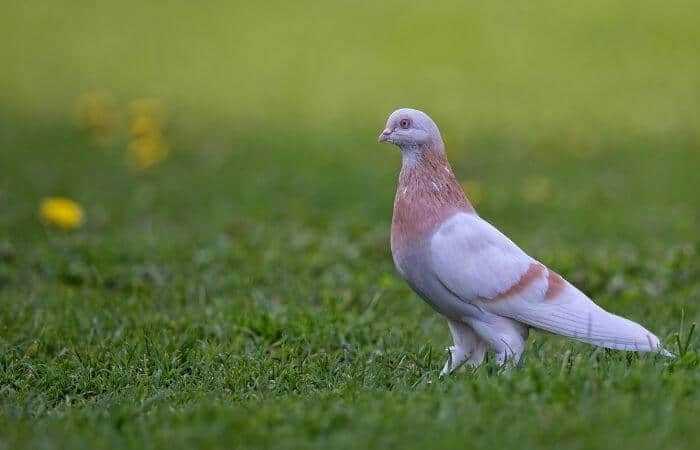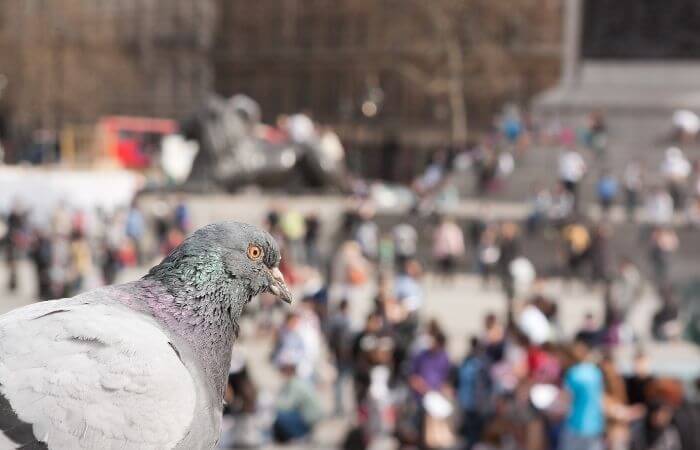On a global scale pigeons live all over the world.
With over 300 species of pigeons, you will find them scattered around the whole planet.
The only exceptions are places of extreme heat or cold.

For example you won’t find them within the Arctic Circle or on the continent of Antarctica.
Although they are hardy birds and do live in cold climes, they don’t inhabit areas of extreme cold.
As pigeons don’t migrate, they can’t flee the harsh conditions of extreme weather.
They won’t be found on Antarctica or the southernmost tip of South America either.
On the other extreme, they won’t be found in the Sahara Desert.
In fact, you probably won’t find them in any desert areas where the temperatures are extremely high.
This is not only because of extreme heat or cold, but because there isn’t any natural food resources for them in these areas.
Plants that produce seeds and grains don’t grow in desert sands or icy tundra.
Original Habitat
The natural and ancient habitat where the original birds of this species developed, the rock dove, is coastal regions.

Traditionally, they have inhabited coastal cliffs. It is believed the first of their species lived along the rocky North African coast.
They have scattered far and wide since, but many feral pigeons still colonize rocky coastlines.
Expansion
Nowadays, pigeons live practically wherever they want.
Some have moved from the coastlines and have migrated inland.
They can be found in almost every country in the world, both as woodland pigeons in the countryside or as feral pigeons in the towns and cities.
Coveted for their beauty or bred as a source of cheap food for slaves and the masses, pigeons have moved with mankind to their expand over the world.
Town and Country
In the countryside pigeons can be found mostly in woodland or forested areas, where their natural food sources are.
As they are adaptive and intelligent, you will find them in greater numbers in areas of cultivation.

It’s where the greatest abundance of food is.
Now, every town or city in the world has pigeons.
Pigeons have learned to take advantage of man’s productivity and use his building skills to provide convenient shelter for them.
Pigeons that are born and raised in the city stay there.
That is why we have huge flocks of them in our towns.
Anywhere and Everywhere
Pigeons can be seen roosting in clusters along telephone lines, rooftops, and ledges in all our cities.
They actually nest in the most obvious and the most unlikely places.
Although wary, as any wild species, pigeons don’t seem to have any great fear of man.
When it is time to mate, they build their nests wherever they see a likely spot.
You will find their nests behind gargoyles, wedged beside or on statutes, under bridges, on ledges or any place that takes their fancy.
Pigeons will squat in your attics, guttering, between your chimney pots and in your sheds.
Of course, man also provides home for pigeons.
Pigeon lovers who keep them as pets or those that keep homing pigeons to race will have accommodation for their birds.
In fact, pigeons live everywhere.
